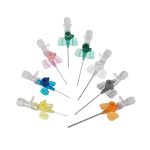
Types of angiojet
January 11, 2024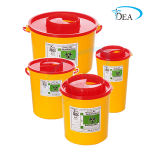
Types of safety boxes
January 11, 2024Types of oxygen masks
Oxygen masks are medical devices used to deliver oxygen to patients who require respiratory support. There are various types of oxygen masks, each designed for specific clinical scenarios and patient needs. Here are common types of oxygen masks:
1. **Simple Face Mask:**
– **Description:** Covers the nose and mouth.
– **Application:** Used for short-term oxygen therapy or when precise oxygen concentration is not critical.
– **Flow Rate:** Typically delivers oxygen at flow rates of 5-12 liters per minute.
2. **Venturi Mask:**
– **Description:** Contains a Venturi device to control the oxygen concentration.
– **Application:** Allows for precise oxygen delivery by adjusting the size of the air entrainment ports.
– **Flow Rate:** Flow rates vary based on the specific Venturi mask and desired oxygen concentration.
3. **Nasal Cannula:**
– **Description:** Consists of two small prongs that fit into the patient’s nostrils.
– **Application:** Used for low to moderate oxygen flow rates and provides comfort for long-term oxygen therapy.
– **Flow Rate:** Typically delivers oxygen at flow rates up to 6 liters per minute.
4. **Partial Rebreather Mask:**
– **Description:** Similar to a simple face mask but has a reservoir bag attached.
– **Application:** Allows patients to inhale a mixture of oxygen and exhaled air, conserving some exhaled gas.
– **Flow Rate:** Typically delivers oxygen at flow rates of 8-15 liters per minute.
5. **Non-Rebreather Mask:**
– **Description:** Similar to a partial rebreather mask but has one-way valves to prevent the inhalation of exhaled air.
– **Application:** Provides higher concentrations of oxygen and is used for short-term therapy.
– **Flow Rate:** Typically delivers oxygen at flow rates of 10-15 liters per minute.
6. **High-Flow Nasal Cannula (HFNC):**
– **Description:** Delivers a high flow of heated and humidified oxygen through nasal prongs.
– **Application:** Used for patients requiring high-flow oxygen therapy, such as those with respiratory distress.
– **Flow Rate:** Can deliver oxygen at flow rates exceeding 15 liters per minute.
7. **Tracheostomy Mask:**
– **Description:** Designed to fit over a patient’s tracheostomy tube.
– **Application:** Allows for the delivery of oxygen directly to tracheostomized patients.
– **Flow Rate:** Flow rates vary based on the specific mask design.
8. **Aerosol Mask:**
– **Description:** Designed for the delivery of aerosolized medications in addition to oxygen.
– **Application:** Used in respiratory treatments, allowing patients to inhale both oxygen and medications.
– **Flow Rate:** Flow rates vary based on the specific mask design.
9. **Hyperbaric Oxygen Mask:**
– **Description:** Specifically designed for use in hyperbaric chambers.
– **Application:** Used to administer oxygen at increased pressure during hyperbaric oxygen therapy.
– **Flow Rate:** Flow rates depend on the hyperbaric chamber specifications.
It’s essential to select the appropriate type of oxygen mask based on the patient’s condition, prescribed oxygen flow rate, and therapy goals. Healthcare professionals assess each patient individually to determine the most suitable oxygen delivery device for their needs.


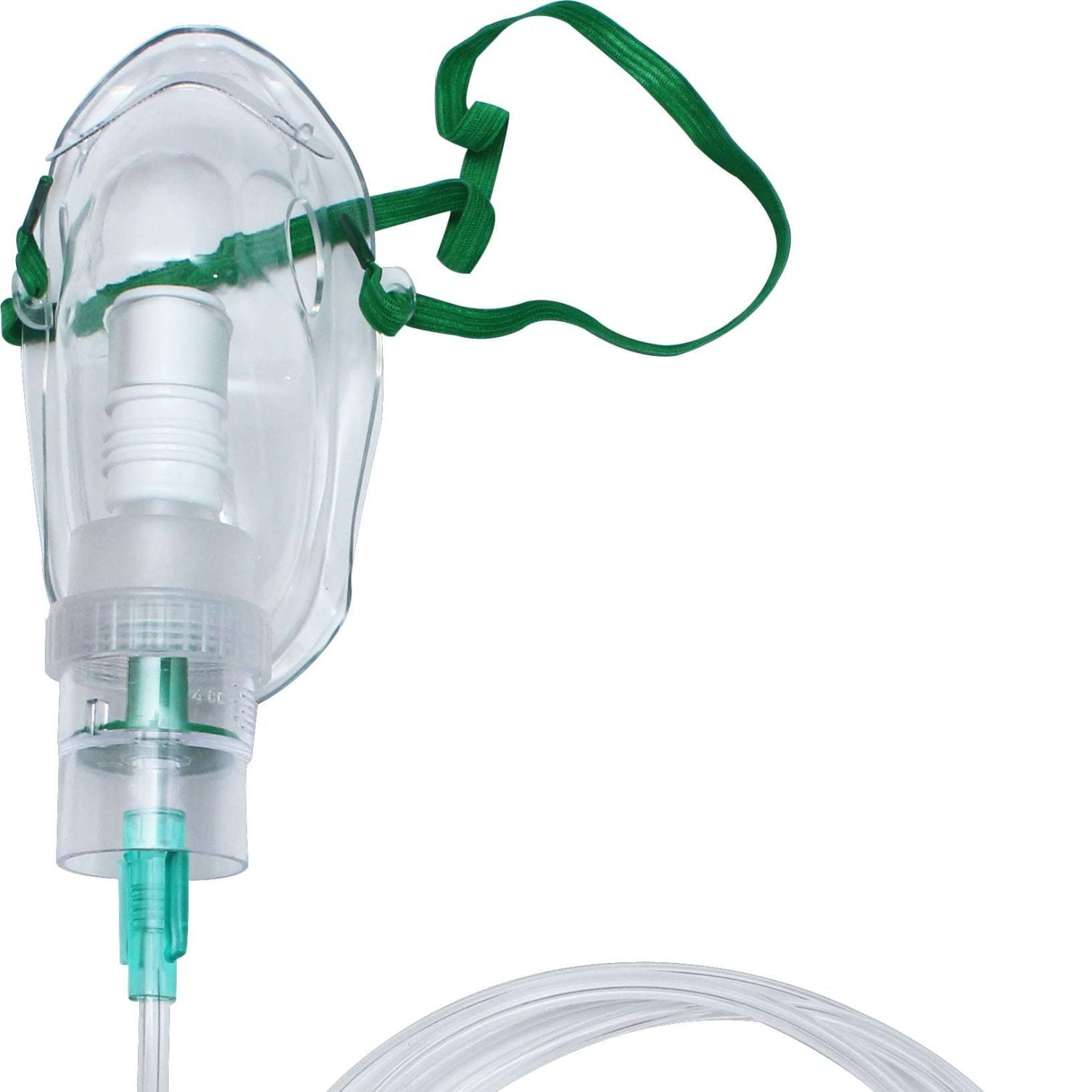
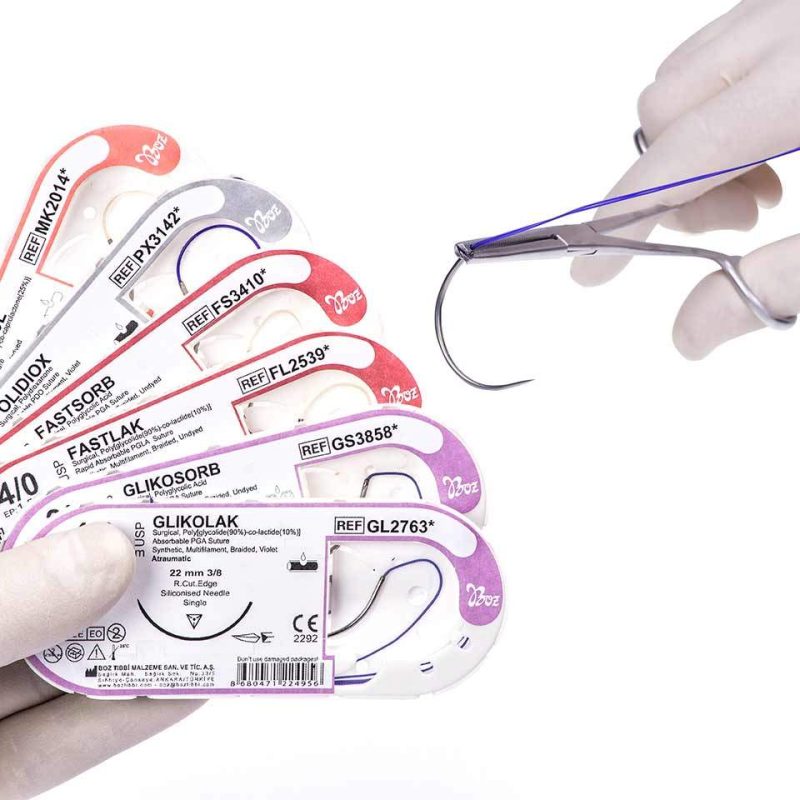
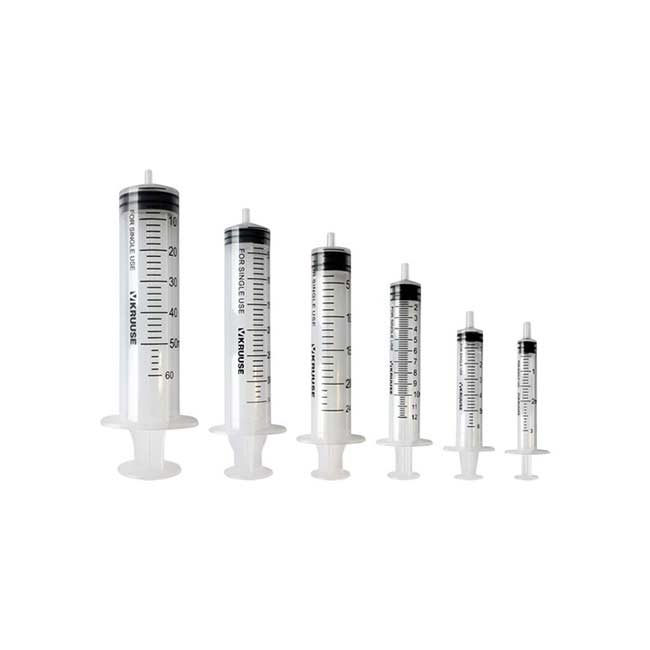
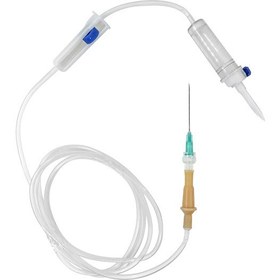
Reviews
There are no reviews yet.